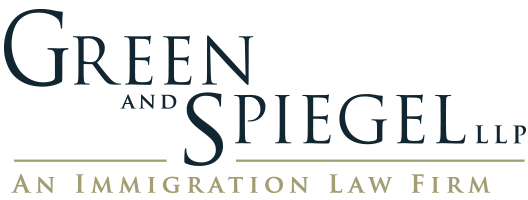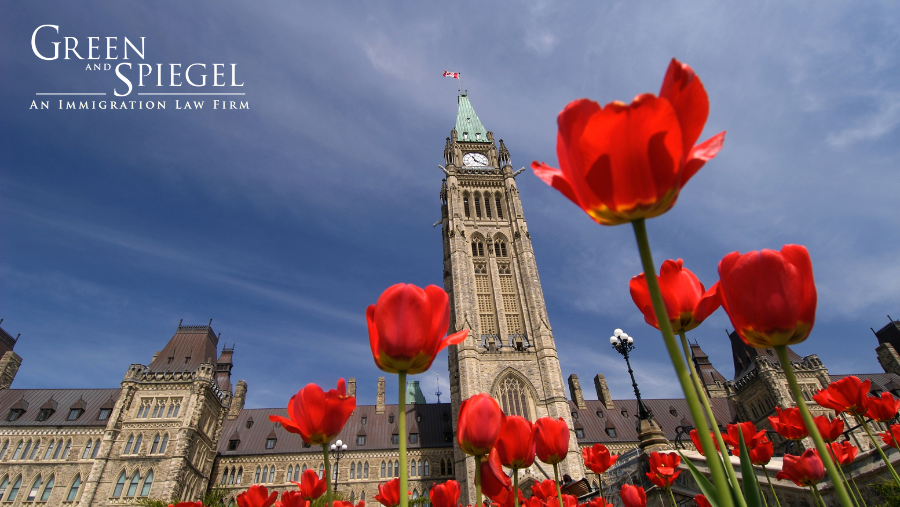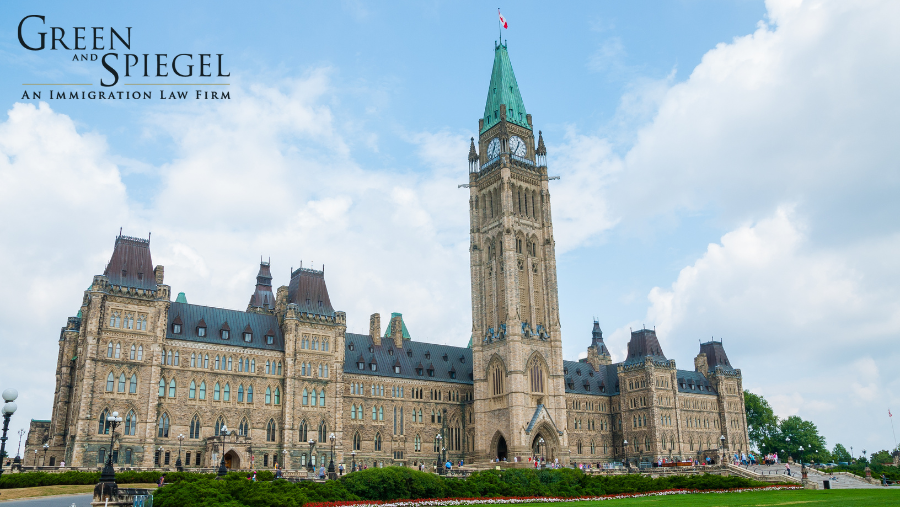
Canada’s technology sector is growing, and the demand for top talent with cutting-edge skills is higher than ever. Immigration plays a crucial role in driving this growth, enabling Canada to achieve its innovative goals and establish itself as a leader in emerging technologies.
If you are a tech professional looking to immigrate to Canada, below are some of the pathways under which you may be eligible to apply for temporary and/or permanent residence in Canada.
Temporary Residence Pathways
Global Talent Stream (GTS)
If you receive a job offer from a Canadian employer in an occupation that has been deemed in demand in Canada, your employer may be eligible to apply for a Labour Market Impact Assessment (LMIA) to support your work permit application via the GTS. This will result in a more streamlined process, as the normal requirement for employers to undergo extensive recruitment efforts prior to applying for the LMIA would be waived.
Under the GTS, the following occupations have been deemed in demand in Canada: computer and information systems managers; civil engineers; electrical and electronics engineers; mining engineers; aerospace engineers; computer engineers; mathematicians and statisticians; information systems analysts and consultants; database analysts and data administrators; software engineers and designers; computer programmers and interactive media developers; web designers and developers; electrical and electronics engineering technologists and technicians; computer network technicians; information systems testing technicians; producer, technical, creative and artistic director and project manager – visual effects and video games; and digital media designers.
International Mobility Program (IMP) Innovation Stream
Under the International Mobility Program (IMP), Canadian employers may hire a temporary foreign worker without first obtaining a Labour Market Impact Assessment (LMIA). The innovation stream of the IMP allows applicants with a job offer from an employer participating in the Global Hypergrowth Project (GHP) to obtain an employer-specific work permit without a LMIA. A list of employers participating in the GHP can be found here.
Roles that fall under TEER category 0 or 1 of the National Occupational Classification (NOC) are eligible for 2-week processing.
Global Skills Strategy
The Global Skills Strategy (GSS) strategy also offers expedited 2-week work permit application processing to:
-
-
- LMIA-exempt temporary foreign workers applying for a work permit from outside of Canada for a NOC TEER category 0 or 1 role;
- Temporary foreign workers who have a job offer from an employer that has been issued a positive LMIA through the Global Talent Stream and apply from outside of Canada.
-
Digital Nomads
Digital nomads can reside and work remotely in Canada for up to six months at a time for their overseas employers without needing a work permit. However, digital nomads who are thinking of relocating to Canada permanently in the future may wish to consider applying for a work permit to ensure that they meet the Canadian work experience requirements of the various permanent residence (PR) pathways.
Permanent Relocation to Canada
There are a variety of pathways available to tech professionals who wish to permanently relocate to Canada.
Express Entry
The Express Entry system is an online points-based system for skilled workers who want to obtain permanent residence (PR) in Canada. Candidates are scored based on factors such as age, education, foreign and Canadian work experience, and language proficiency. The top-ranking candidates are then invited to apply for PR.
While the cut-off scores to receive an invitation in general draws have been high, IRCC has held category-based draws specifically targeting candidates in the pool with 6 months or more of recent full-time, continuous work experience in specified STEM occupations. These STEM draws have lower cut-off scores than general draws, making it easier for candidates with relevant experience to receive an invitation to apply for PR.
Provincial Nominee Programs
Canadian provinces and territories each manage their own provincial nominee programs to attract workers who wish to live in a particular province, and who meet the province’s unique economic needs. Some provinces have specialized pathways to attract foreign workers in the technology sector, while others prioritize invitations to individuals with work experience or job offers in specific technology occupations. Below are some of the current provincial nominee programs open to tech professionals:
Ontario Immigration Nominee Program
The Ontario Immigration Nominee Program (OINP) has various streams under which applicants may apply for a provincial nomination to support their permanent residence application. Some of the streams operate via the Express Entry system, and others operate outside of the Express Entry system, but all streams require an invitation to apply for a provincial nomination certificate, which is issued based on candidate profiles.
To address the province’s labour shortages in the technology sector, the OINP has held several draws specifically targeting candidates with work experience and/or a job offer in the technology sector in Ontario. Most recently, the tech specific draws have been held under Ontario’s Human Capital Priorities (HCP) stream, which operates through the Express Entry system; the International Student Stream, and the Foreign Worker stream. In 2023, tech specific draws were also held under Ontario’s French-Speaking Skilled Worker stream.
As draws are not announced in advance, tech workers who may wish to apply under one of these streams should create their Express Entry profile and/or Ontario Expression of Interest to ensure they do not miss any future tech targeted draws.
British Columbia Provincial Nominee Program (BC PNP)
The BC PNP also has various streams under which applicants with a job offer in British Columbia may be invited to apply for a provincial nomination to support their permanent residence application.
To meet the needs of B.C.’s technology sector, the BC PNP has selected 35 technology occupations which are prioritized across B.C.’s various streams and which benefit from targeted draws. Notably, for applicants with a job offer under any of the identified priority technology occupations, the usual requirement for the job offer to be permanent is waived. Instead, the job offer must be at least one year in duration (365 days), and there must be at least 120 calendar days remaining on the job offer at the time of application. Tech professionals who have a job offer in B.C. should register their B.C. profile to ensure they do not miss any future B.C. tech draws.
Saskatchewan Immigrant Nominee Program (SINP)
The SINP’s Tech Talent Pathway is designed to attract highly skilled tech professionals from around the world to settle and work in the province of Saskatchewan. To qualify, applicants must have a permanent, full-time job offer in Saskatchewan’s technology or innovation sector under one of the province’s targeted technology occupations and meet all other requirements of the stream under which they are applying. The Tech Talent Pathway is open to both express entry and non-express entry candidates.
Quebec Pilot Program for Workers in the Artificial Intelligence, Information Technologies and Visual Effects Sectors
Quebec is currently accepting applications from foreign workers who hold or have accepted a job offer in Quebec’s artificial intelligence, information technologies and visual effects sectors and who can demonstrate knowledge of oral French that corresponds to at least a Level 7 on the Échelle québécoise des niveaux de compétence en français or its equivalent. As this pilot has an application cap, candidates who meet the pilot criteria should apply as soon as they are eligible to ensure their application is submitted before the cap is reached.
Start-up Visa Program
The tech sector in Canada has largely been driven by the efforts of entrepreneurs. Canada’s Start-up Visa (SUV) program offers permanent residence to entrepreneurs looking to bring innovative business ideas and jobs to Canada that can compete on a global scale. To qualify for the program, applicants must secure a letter of support from a designated organization, such as a venture capital fund, business incubator, or angel investor group, and obtain a minimum Canadian Language Benchmark (CLB) score of 5 in English or French.
While processing times under the SUV program have typically been lengthy, under Canada’s Tech Talent Strategy, IRCC has committed to reduce processing times and expedite applications from start-ups with committed capital. Applicants may also be eligible to apply for a work permit while the PR application is in process.
To learn more about your options and to determine which program is right for you, contact us and we would be happy to guide you through the process.





